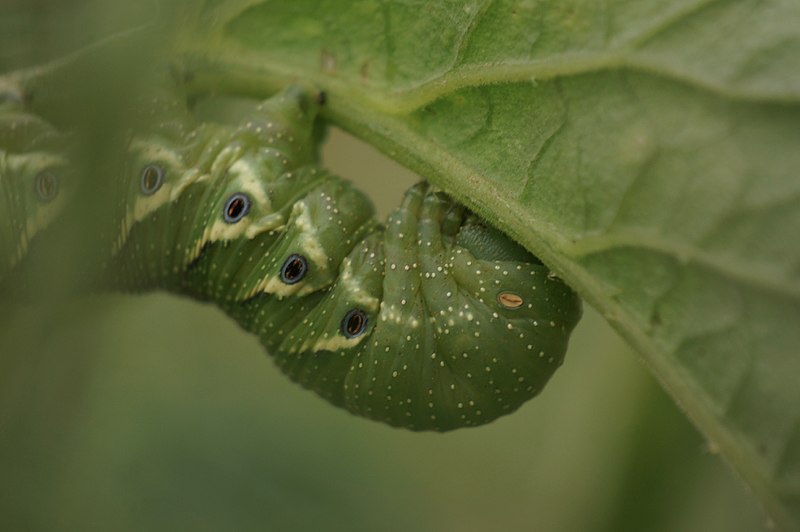Who doesn’t love homegrown tomatoes? They’re the perfect partner for a sandwich or fresh salad. Unfortunately, tomato hornworms might get to your garden before you start making dinner.
Wizzie Brown, an insect specialist with the Texas A&M Agrilife Extension Office, has some tips on how you can keep control of your tomato plants.
How can I identify tomato hornworms?
“The eggs of tomato hornworms are going to be laid on the plant itself, on the leaves, both the upper and under side. They usually blend in because they’re a yellowish green color. Larvae when they first hatch out in the younger stages are going to be more of a yellowish color and as they grow older, they will grow up to four inches long. These are not tiny caterpillars. They’re massive ones. They’re going to be a green color at that point. They usually have kind of a white diagonal stripe on the side of their body. And then they’re called hornworms because they have a little spine that comes off of the tip of their abdomen.
How can I remove tomato hornworms from my garden?
“Usually they start feeding at the top of the plant and they work their way down as they consume, so the best thing to do is to monitor your tomatoes and keep an eye on them. Look for caterpillars and handpick them. You can either throw them in a bucket of soapy water or you can smash them – your foot works pretty good with that. If you do do the bucket of soapy water, you can strain those caterpillars out and leave them out for the birds and things to eat.”
How steps can I take for preventing tomato hornworms?
“The adults are beautiful. These are called either hummingbird moths. Sometimes they’re called sphinx moths. They’re called hummingbird moths because a lot of times when people see them feeding on flowers, they mistake them for hummingbirds because they are of similar size. Very, very beautiful moths, but if you see them around your tomato plants, you may want to shoo them away because they’re laying eggs.”
Written by Haley Butler.
















